A biweekly newsletter with public space news, resources, and opportunities.
A curated dispatch on all things public markets plus the latest announcements from the Market Cities Program.
Please note that these Hall of Shame nominations were written in a moment in time (most over a decade ago) and likely have since changed or even been transformed. If the above entry is now great, or still not so great, go ahead and comment below on how it has evolved or nominate it as a great place.
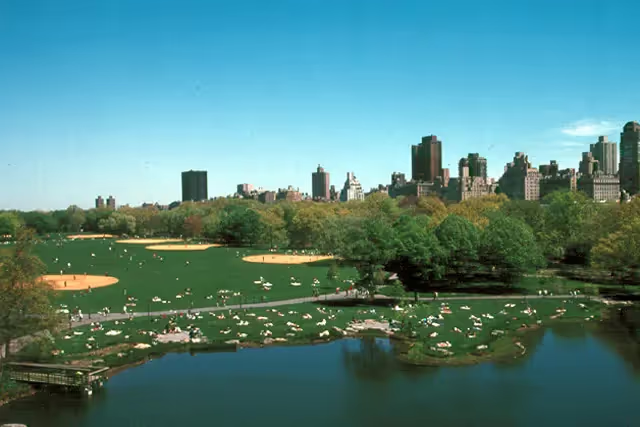
Olmsted & Vaux's design for Manhattan's largest park became the standard-bearer for parks across the U.S.

Central Park ranks among the world's outstanding public places because of its influential original design - and its current management. Since its inception, Central Park's much-imitated design has accommodated a variety of activities for New Yorkers, and the vision of Frederic Law Olmsted and Calvert Vaux has proven timeless in that it is still highly suitable for today's park users.
For example, Olmsted took great care to conceive the pathway and circulation system so that even today, vehicles and pedestrians can easily move through the park without interfering with each other; the park's sunken transverses also allowed carriages, and now cars, to cross the park unobtrusively. Pedestrians paths guide people through the park via various destinations, such as the Sailboat Pond, Belvedere Castle, and the Dairy; while vehicles are limited on several park roads during certain hours.
The Mall, a wide, tree-lined promenade, is a formal arcade, designed for stately strolls. In contrast, the heavily wooded Ramble creates a feeling of dense forest and seclusion. Open meadows give one a sense of natural expanse and have accommodated a few of the largest outdoor concerts in the country, including a Paul Simon concert that drew an estimated 600,000 fans in 1991. The park also plays host to 275 species of birds and sponsors a large group of avid birders.
The other factor that makes Central Park so extraordinary is the innovations of its management entity, the Central Park Conservancy. The Conservancy has developed measurable maintenance standards and guidelines (it is responsible for day-to-day maintenance of the park, among other things); established a zone gardeners program; and regulated vending in the park. It has also developed a range of activities, events and educational programs throughout the park, and an extensive volunteer program.
But a list of Central Park's features and events does little to capture Olmsted and Vaux's inspired achievement. According to Elizabeth Barlow Rogers, who is certainly the park's foremost authority, "He [Olmsted] arranged sequences of visual events to climax in stunning vistas...Though every inch of Central Park was shaped and molded by machines and men, the hand of man is never obvious."
The first large city park in the United States, draws more than 20 million visits a year, making it one of New York City's most popular attractions. Olmsted and Vaux began designing the Park in 1858, after the city had acquired 778 acres of land, obtained out of a civic need for more open space arising from population growth during the 19th century.
This huge manmade landscape cost $14 million to build, and by 1873, the Park had a collection of more than four million trees, shrubs, and plants - a monumental effort, particularly when one considers that New York's largest park at the time was the ten-acre Battery Park. In 1937, the city unveiled the park's 15-acre Great Lawn, built over the original site of the Croton Reservoir.
Numerous ballfields and playgrounds also have been added to the original design. The park contains many institutions and facilities, including the Metropolitan Museum of Art, several historic buildings and monuments, an outdoor theater, a children's zoo, a science center, a skating rink, and four community centers. Occupying a prominent place in the iconography of New York, Central Park is where the New York Marathon ends and where John Lennon is remembered in "Strawberry Fields."
Now encompassing 843 acres, Central Park forms a border for several neighborhoods in New York, extending from some of the city's wealthiest to some of its poorest. Surrounding the southern portions of the park are primarily high-income, high rise apartment buildings, with low to middle income housing near the northern end in Harlem; a collection of museums along Fifth Avenue forms the park's eastern border.
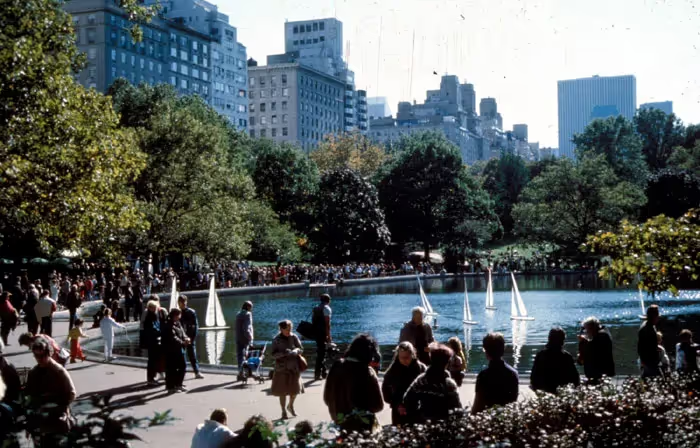


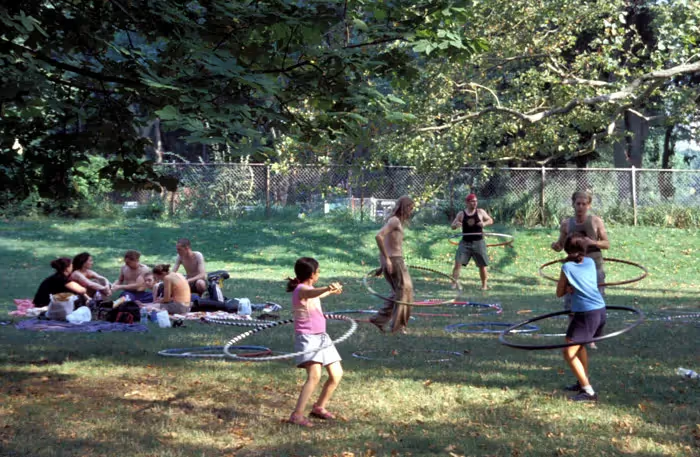
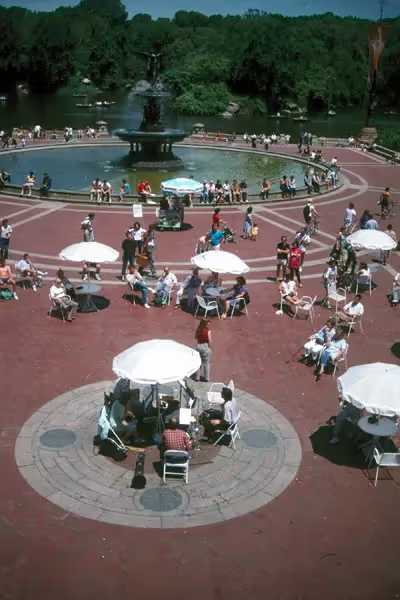
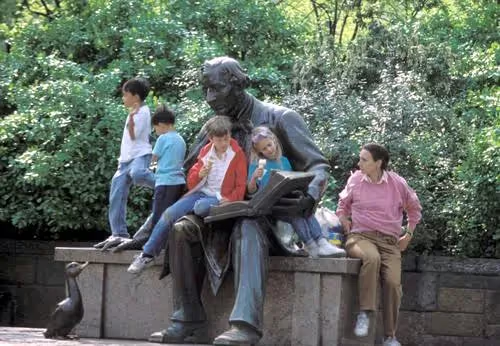
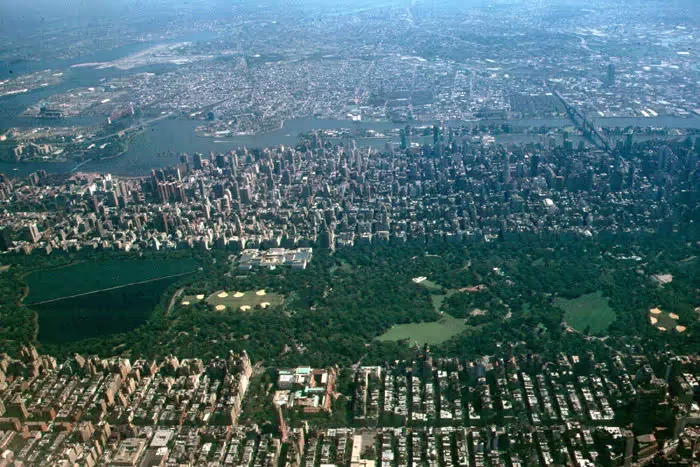
*Please note that these Hall of Shame nominations were written in a moment in time (most over a decade ago) and likely have since changed or even been transformed. If the above entry is now great, or still not so great, go ahead and comment below on how it has evolved or nominate it as a great place.